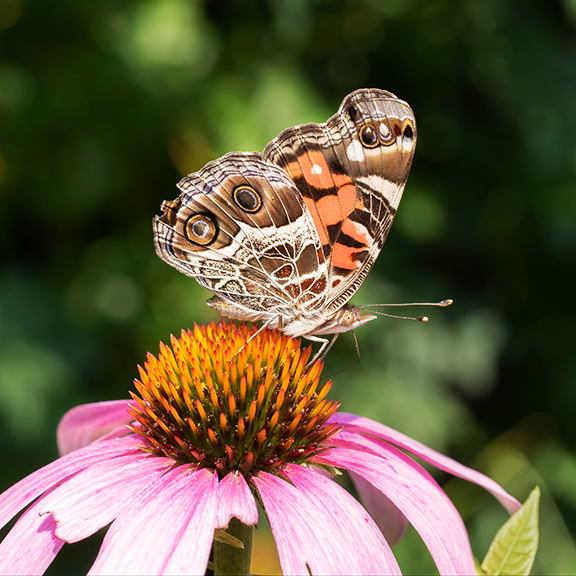Jim East
- 772 Posts
- 234 Comments

 1·2 hours ago
1·2 hours agoYeah, give saskatoons a try! You’d be surprised what’s possible even in your climate.
 1·11 hours ago
1·11 hours agoBuilding a World Without Carbon
Just wait, next they’ll be coming for our electrons. And THEN what will we do when we want to switch on the lights?
(The article is not as ridiculous as the headline.)

 1·3 hours ago
1·3 hours agoput out a sucker below the graft
We tell the trees to grow, and they do grow, but just to spite us. (That’s called “malicious compliance.”)
(non-native) purslane species
I don’t think that it matters at this point. Native or not, it really is a useful plant, especially for those sidewalk cracks where nothing else seems to grow.
I’d be worried about runoff.
You’d only need to prevent the water from spreading it around until it breaks down. If you compost it on a small raised platform with a roof over it, you shouldn’t have much issue. For any minor spillage, you can plant something around the compost platform to absorb it. Once the compost breaks down, runoff would be a concern only due to the loss of hard-earned nutrients, which you could also reduce with vegetation and mulch.
I’d also like to do some cover crops and chop-and-drop this fall for mulch.
I’ve heard that buckwheat can work as a winter cover crop, though I’ve never actually seen it done. Do you have any Acer negundo popping up? That would probably be choppable and droppable, though more suitable as mulch for the fruit trees than the garden beds. If you have any Elaeagnus umbellata in your area, you could cut it down for woody mulch as well, but I don’t recommend planting it. For mulching the garden beds, some large herbaceous plant probably makes more sense, but I don’t know the cold-climate equivalent of banana, and the closest things to Tithonia diversifolia probably wouldn’t grow back very well. I do NOT recommend grass.
As an honourable mention… Robinia pseudoacacia is another potential source of woody mulch, but it’s probably the nuclear option. I don’t know if there are any cow pastures or old copper mines near you, but if so, then this could probably reforest them if you let it grow up to produce seeds. The neighbour’s lawn wouldn’t stand a chance. If it isn’t already growing in your area, exercise extreme caution. This plant is not a toy.

 1·13 hours ago
1·13 hours ago…I don’t know how to tell you this.

 2·13 hours ago
2·13 hours agoGood doggies. Now plant trees.

 31·13 hours ago
31·13 hours agoI’ve only ever observed them to produce noise and shit and destruction.

 2·13 hours ago
2·13 hours agoKill it before it can reproduce.

 2·14 hours ago
2·14 hours agoWell thank heavens that at least no one was hurt.

 1·14 hours ago
1·14 hours agoWhat about your greenhouse-grown tomatoes? Are you really going to let the neighbour win?

 1·14 hours ago
1·14 hours agoSure thing. Lindsay has all the info about where to go and when.

 1·14 hours ago
1·14 hours agoI’ve only eaten them out of hand, unadulterated. That’s how I eat almost everything. It’s like cherimoya: rip it open and have oral-sex-at-a-distance with the tree, but don’t eat the outside green part or the seeds. Sometimes they don’t ripen perfectly, so they can be a bit dry or bland, but a good lúcuma has a texture between canistel and mamey sapote and a flavour almost like caramel. (I’ve never actually eaten caramel, but I can imagine.)

 1·15 hours ago
1·15 hours agoIn order to flower well, longan usually needs a “winter” season with min temps <12°C and/or less rain. While fruiting, hot and wet is best. At sea level in the tropics, the low temps usually don’t occur, and even if the winter is dry enough for longan to flower (but not dry enough to kill it), the other half of the year usually doesn’t get as hot as subtropical summers, so the fruits might not develop properly. Either you have a strange tropical breed of longan, or you are very lucky to have the right conditions where you live.

 2·15 hours ago
2·15 hours agoFrozen? Probably a ‘Mongthong’ harvested unripe in Thailand. I highly recommend going to Malaysia or Borneo and trying a fresh durian instead. You only get one first durian, and you owe it to yourself to try a good one.

 1·16 hours ago
1·16 hours agoI don’t want to ask for your exact location, but longan at sea level is… unusual. Don’t take it for granted. Cherish it.

 2·16 hours ago
2·16 hours agoNice! Cherimoya and lúcuma are the two cold fruits that I wish that I could grow.

 2·16 hours ago
2·16 hours agoThat’s like Florida… wow. If you’re already on the limit for apples, then further warming of the winter will probably put an end to them, but it’s still impressive that you have them at all. Do you know if cherimoya fruits well there?

 2·16 hours ago
2·16 hours agoThat is impressive. Apples and bananas in the same place? What elevation?

 1·16 hours ago
1·16 hours ago…Well at least there’s no grass to chop.

 2·18 hours ago
2·18 hours agoThose sound yummy! I really enjoy a high-quality, sweet blueberry, so I would probably enjoy those. I won’t be growing them here, but anyone reading this who has the climate for them, give them a try!
























Kill it before it can escape and consume everything that you hold dear. Fire helps. Dynamite is better.